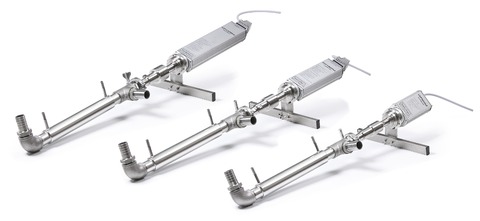
Hielscher Ultrasonics describes how ultrasonic dissolving can improve efficiency in the lab.
Ultrasonics is a well-known, reliable tool for sample preparation in the lab.
Usual applications include homogenisation, emulsification, dispersion, extraction, degassing, and sonochemical treatment.
For measurements with analytical instruments, such as HPLCs and atomic spectrometers, most samples have to be liquefied.
If the sample is soluble, the solute (such as succralose, salts, e.g in powder or tablet form) can be dissolved in a solvent resulting in a homogeneous mixture, composed of only one phase.
The dissolving process can be carried out by manual or mechanical stirring, which is time-consuming and inefficient.
Related problems are sample losses due to manipulation or a lack of reproducibility through random errors and uneven mixing.
Ultrasonication is often used to assist the dissolution of samples.
The ultrasonically assisted dissolving is based on the mechanical agitation and the cavitational effects caused by the input of ultrasound waves into liquids.
The input of ultrasound energy facilitates and accelerates the sample pretreatment prior to analysis.
Using ultrasonically assisted preparation of a solution, it becomes possible to dissolve solutes in high concentration and to quickly create a concentrated or saturated solution.

